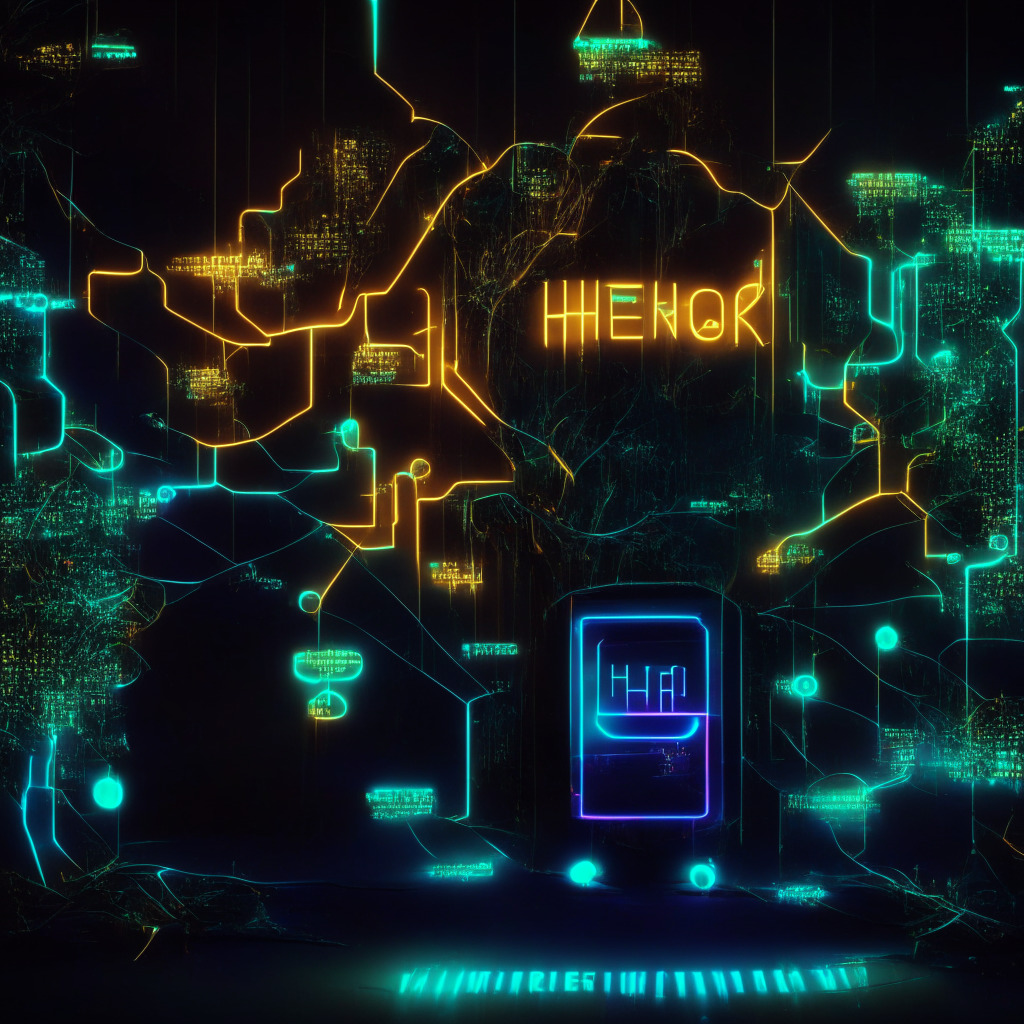The Hedera Hashgraph ‘s HBAR token has been drawing significant attention in the cryptomarket lately. Following the inclusion of “Dropp,” a Hedera-based micropayments platform, on the U.S. Federal Reserve’s instant payments platform, FedNow, HBAR saw a hefty surge of over 15%. Dropp has innovatively cornered a niche as a cost-effective bank-based alternative to traditional credit card payments. Merchants can now confidently accept small-value purchases digitally, steering clear of large transaction fees. This fledgling service provider permits micropayments in multiple categories including HBAR, the U.S. dollar and Circle’s USDC.
This integration has tripled HBAR value since mid-June, skidding the token’s market cap over the $2.1 billion mark on the ice rink of crypto-arena. Hedera Hashgraph’s distinct structure distinguishes it from other blockchains. This USP comes from its exclusive usage of hashgraph consensus. This uniqueness ensures that Hedera remains the lone public distributed ledger to harness this potential, in turn facilitating over 10,000 transactions every second with minimal latency, as the company claims.
However, the phenomenal growth trajectory of Hedera might not be solely attributed to its unique strategy and robust tech infrastructure. A report by Messari has thrown light on an impressive jump of 288% in Hadera’s average daily active accounts year-to-date, catapulting from around 3,500 to 13,500 by Q2 2023. Concurrently, new account creation also indicated a substantial surge of 340% over the same period.
Interestingly, the primary driver sectioning this upsurge seems to be non-fungible tokens (NFTs), predominately fueled by Karateka – a Web3 game built by GameOn on the Karate Combat IP. While DeFi played a pivotal role energizing last year’s activity, NFTs now seem to be at the helm, steering the digital ship of Hedera.
In addition to this, recent collaborations hint at Hedera’s progressive intent. FreshSupplyCo (FSCO), an agrifood supply chain platform, decided to wrap its payment trigger API with Hedera, which marked a notable shift from the discontinued private Mastercard Provenance blockchain. Concurrently, Shinhan Bank of South Korea successfully executed a stablecoin remittance proof-of-concept built on Hedera’s open-source public network.
As Hedera maintains its high-speed momentum, the question that looms large is how sustainable this growth will be in a rapidly evolving cypto-universe rife with equal measures of promise and uncertainty.
Source: Coindesk




